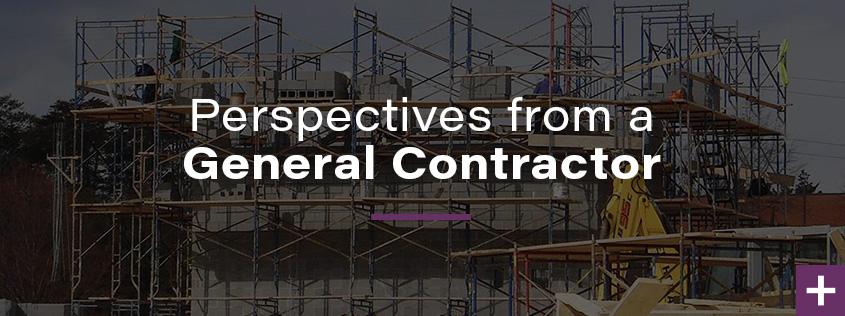
How to Help Ensure a Successful Construction Project without Surprises
While the success of any construction project is based upon a variety of factors, one is that the final product meets the client’s needs and expectations. Obvious? There are some unique aspects of design and construction that don’t make that so simple. Focusing on a few things during the planning or pre-construction process can help ensure that after all of that work, you get what you need and want.
Construction has a language of its own that is further complicated by the use of acronyms and abbreviations that rival our Federal government. As a client, you should no more be expected to understand that language than someone stepping onto a sailboat for the first time should understand “starboard” and “port”.
While we possess the technology for virtual reality tours, the standard construction project is still documented on large format, two dimensional sheets (images) covered with layers of lines, symbols, shading and cross-referenced keys. A complete set of drawings can be daunting to a lay person. Despite this, the client is asked to “sign off” with their approval. Imagine, if you were asked to review your brain MRI and agree to the prescribed treatment without any translation or explanation of the image.
The importance of pre-construction, (getting it right on paper) has only been amplified in the post COVID-19 world as there are far fewer site visits and opportunities to see the product in progress “full scale”. Here are a few things that can be done to dramatically increase the likelihood that when you walk into your completed construction project there are no surprises.
- Architects, Designers, Engineers and Contractors need to be careful about the language and abbreviations they use in client meetings and discussions, not take knowledge for granted and take the time to explain and confirm understanding. As a client, you should not be shy about asking questions or risk glossing over items hoping they will turn out right.
- Everyone has different spatial abilities and talent to discern color and shape in concept. The pre-construction team needs to learn the extent of their client’s abilities and customize presentations to meet those needs. That could mean more samples, visits to other locations to see actual installations, renderings or even mock ups. Ask for more information if you’re not sure about any detail.
- There is no substitute for time. The number one thing an end user can do to facilitate success is to provide the time needed for their input during the entire project, but especially at the onset. A few long and detailed review sessions during pre-construction will save days of anguish later.
- When selecting a design team and contractor there are lots of criteria to consider. Place patience, empathy, insight and willingness to take the time to ensure understanding high on that list. When you check references, asks specifically about those qualities.
Getting what you want at the end of a construction project is possible and any decent construction professional wants to exceed your expectations. Make sure your construction team is presenting details in language you understand, willing to take the time to answer your questions and ensuring you understand the implications of your decisions.



